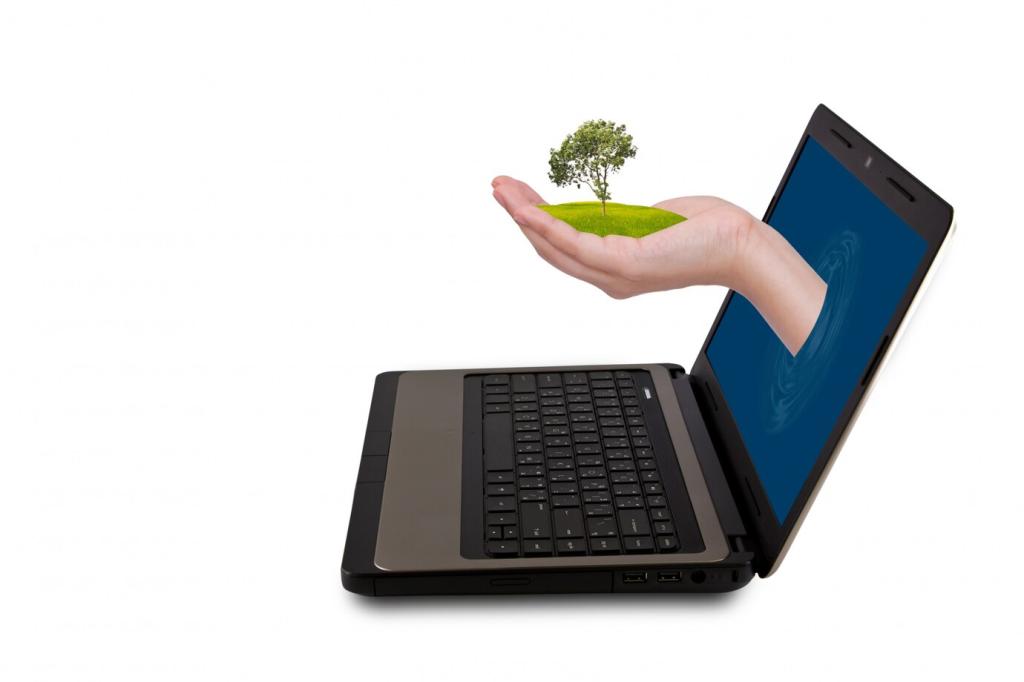Why Sustainable Stories Sell Without Selling
Consumers rarely remember carbon figures, but they remember how a story made them feel. Tie your product’s sustainable attributes to human stakes—comfort, care, and community—to build trust that endures beyond the checkout.
Why Sustainable Stories Sell Without Selling
A compelling narrative invites your audience into a club of shared intention. When buyers see themselves as caretakers of place and people, the product becomes a badge of participation, not just another purchase.







